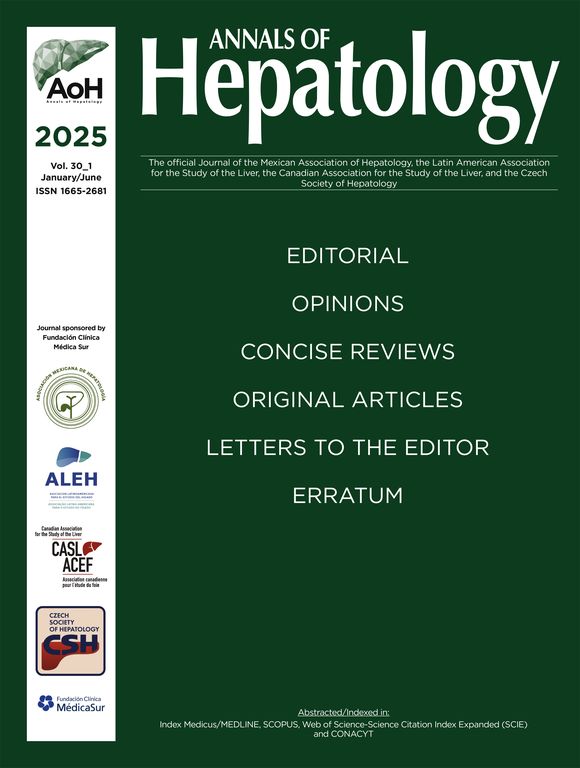
Abstracts of the 2024 Annual Meeting of the ALEH
Más datosNo
Introduction and ObjectivesLorazepam is the first-line treatment in patients with alcohol withdrawal syndrome (AWS). In patients with cirrhosis and AWS, the use of dexmedetomidine (DXM) has been poorly studied. The objective of this study is to report the effect of DXM in patients with cirrhosis and AWS.
Patients / Materials and MethodsObservational, retrospective, descriptive and analytical study. Patients with cirrhosis and AWS, treated with lorazepam, DXM, or both, were included. The Clinical Institute Withdrawal Assessment of Alcohol Scale (CIWA-Ar) data was collected before and after treatment; as well as the days of in-hospital stay (IHS). The quantitative variables were summarized using non-parametric descriptive statistics according to the distribution of the variables (average and range); as well as frequencies and percentages in the case of qualitative variables. To compare between three independent groups, the Kruskal-Wallis (KW) and Jonckheere-Terpstra (JT) tests were used. A significant difference was considered one with a value of p<0.05.
Results and Discussion39 patients were included, 37 (94.9%) men, average age 41 (27-66) years, alcohol consumption 287 (64-960) g/day, CIWA-Ar at admission 20 (10-46) points, Child -Pugh 10 (5-14) points, MELD-Na 16 (8-40) points. Regarding the AWS treatment: 17 (43.6%) received lorazepam, 13 (33.3%) DXM, and 9 (23.1%) lorazepam + DXM. When compared between groups there were no differences in terms of days of IHS [4 (1-30) vs. 3 (1-18) vs. 2 (1-5) respectively for lorazepam, DXM, lorazepam + DXM; KW p=0.86, JT p=0.82], nor in terms of CIWA-Ar at 24 hours post-treatment [7 (1-19) vs. 6 (0-15) vs. 5 (2-23) respectively for lorazepam, DXM, lorazepam + DXM; KW p=0.19, JT p=0.45]. No serious adverse effects were reported with any of the three strategies.
ConclusionsDXM appears to be an effective and safe option for the treatment of AWS in patients with cirrhosis. However, clinical trials are required to validate our findings.












